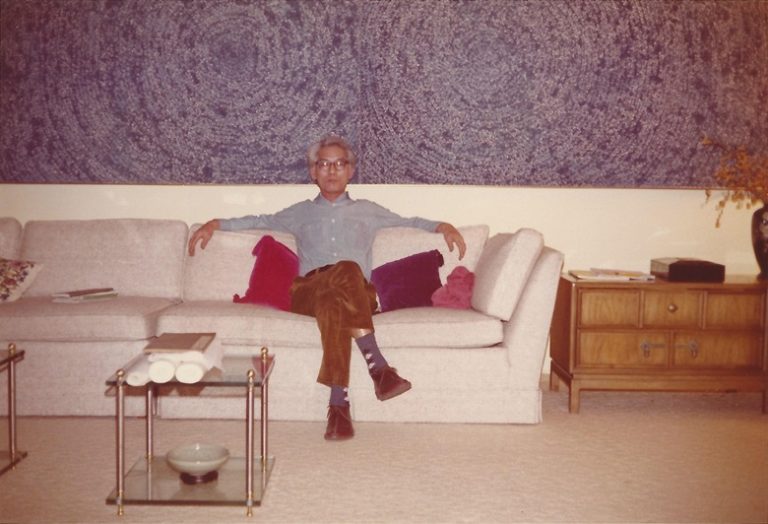To celebrate the 110th anniversary of the birth of Kim Whanki, a pioneer of Korean abstraction, the Whanki Museum in Seoul is holding a major exhibition of his work, featuring paintings created between 1970 and 1974.
Kim Whanki is a 20th-century artist born in Seoul. His work is known for its soft colours, geometric shapes, and lyrical compositions. He studied art in Japan and travelled abroad, living in Paris and New York. Learning from Western styles while remaining true to the traditional art of his homeland, he managed to become an abstract pioneer on the Korean creative scene.
The exhibition, entitled Kim Whanki: All-over Dot Paintings 1970-1974, features paintings from the artist’s exploratory period. During this time, Whanki developed a unique style of painting characterised by the use of all-over dot patterns. These artworks evolved as Whanki explored new spaces for his experiments with dimensional perspective, materials, lines, and techniques.
The dots can be seen as representations of atoms, stars, or even the artist’s own heartbeat. They create a sense of rhythm and movement that draws the viewer into the painting. From Kim Whanki’s notes dated January 8, 1970: “My work is a spatial universe. I paint dots as I think of Seoul and a thousands of things. It might represent better what I think of my universe of dots. I have opened a new window to look but, people might not be able to see the new universe in there. alas!”
The exhibition runs until December 3. For more details, visit the official Whanki Museum website.
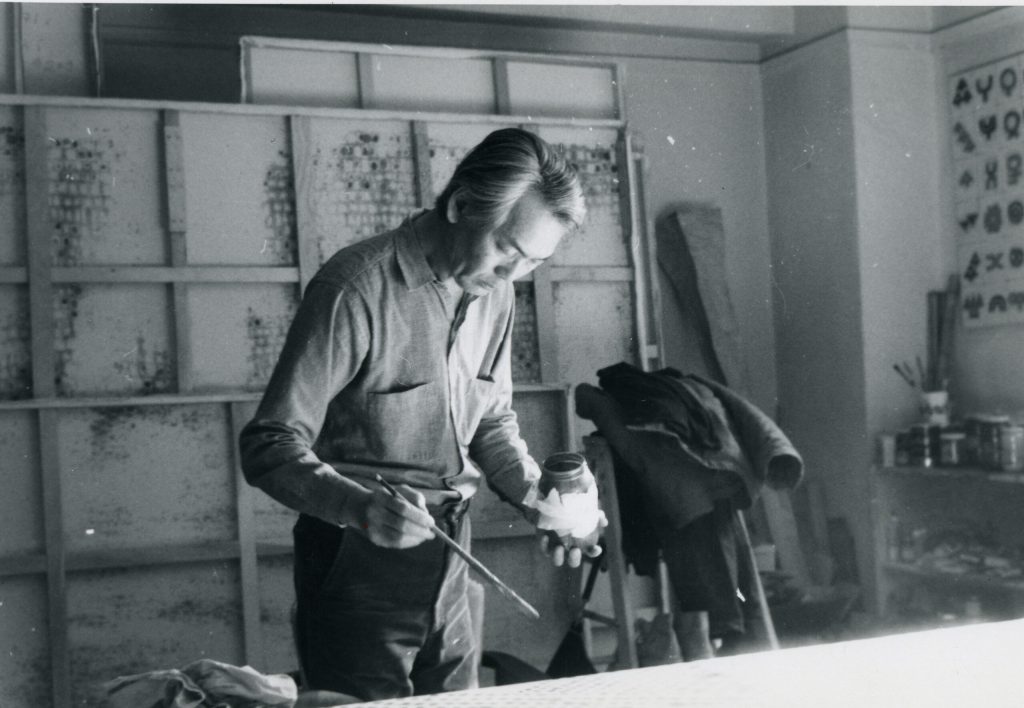
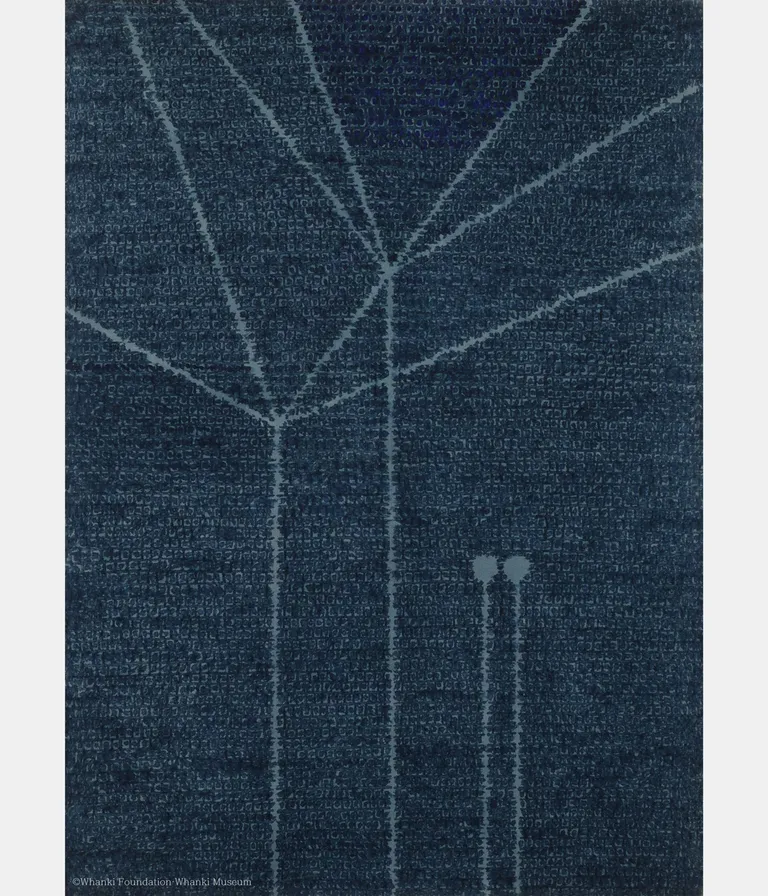
Duet 22-IV-74 #331, 1974
Courtesy of WHAN-KI FOUNDATION—WHAN-KI MUSEUM
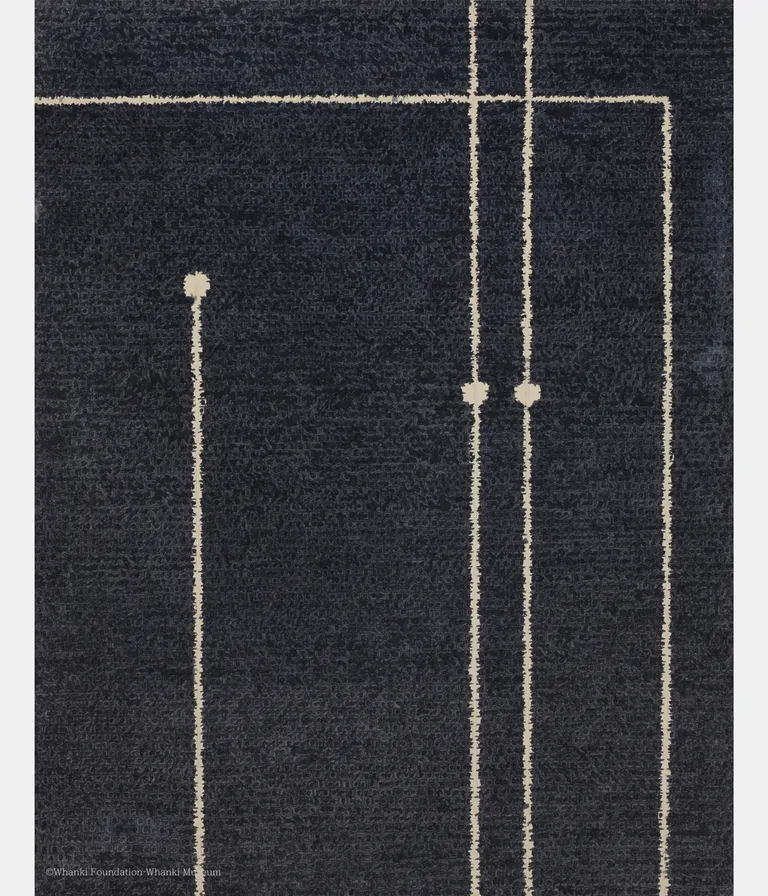
7-VII-74, 1974
Courtesy of WHAN-KI FOUNDATION—WHAN-KI MUSEUM
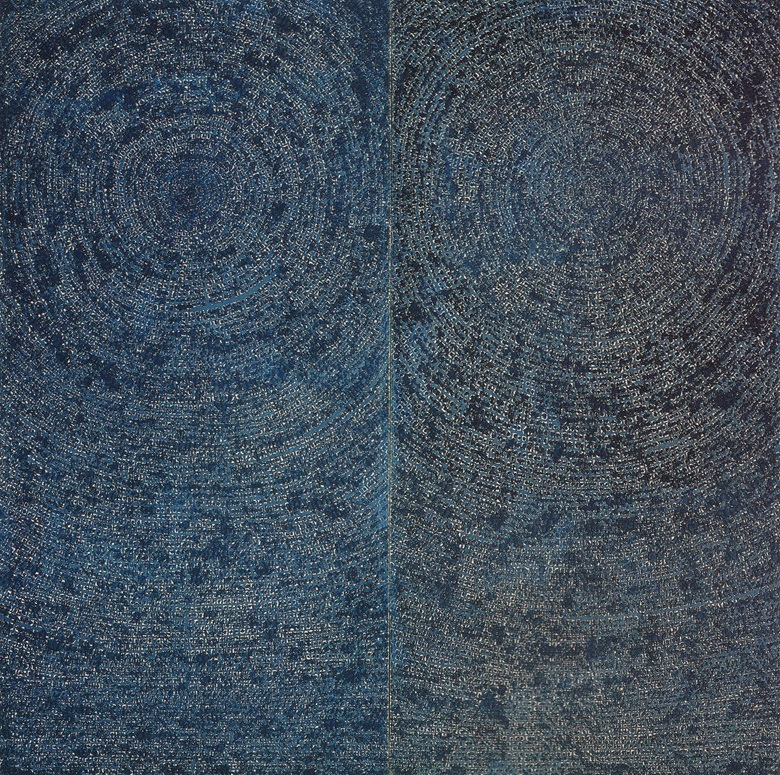
05-IV-71 #200 (Universe), 1971
Courtesy of WHAN-KI FOUNDATION—WHAN-KI MUSEUM
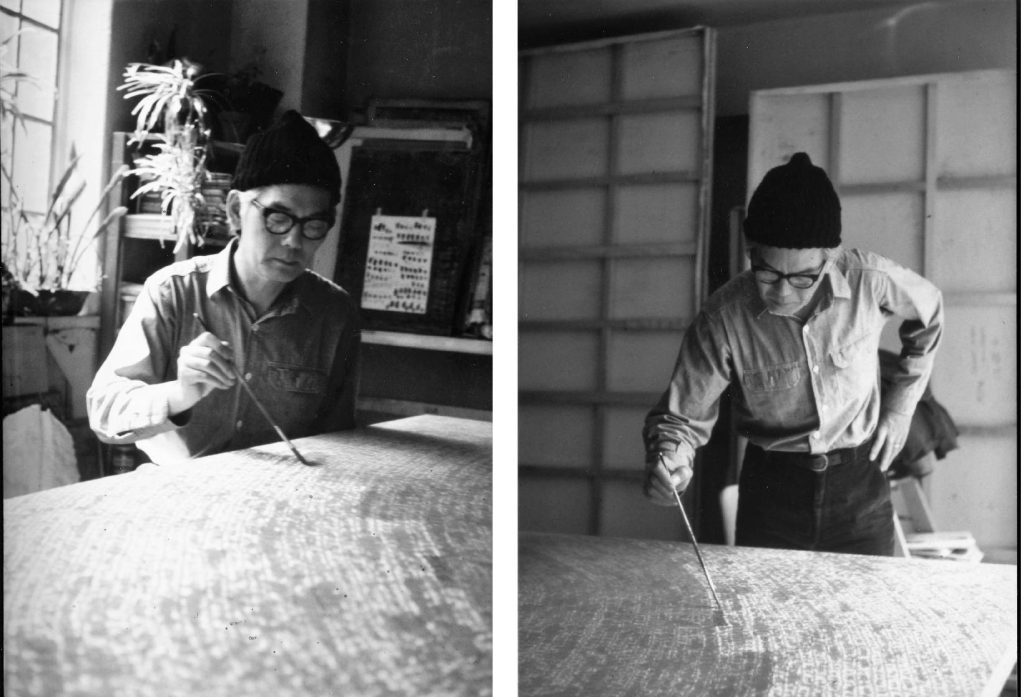
Featured image courtesy of WHAN-KI FOUNDATION—WHAN-KI MUSEUM
